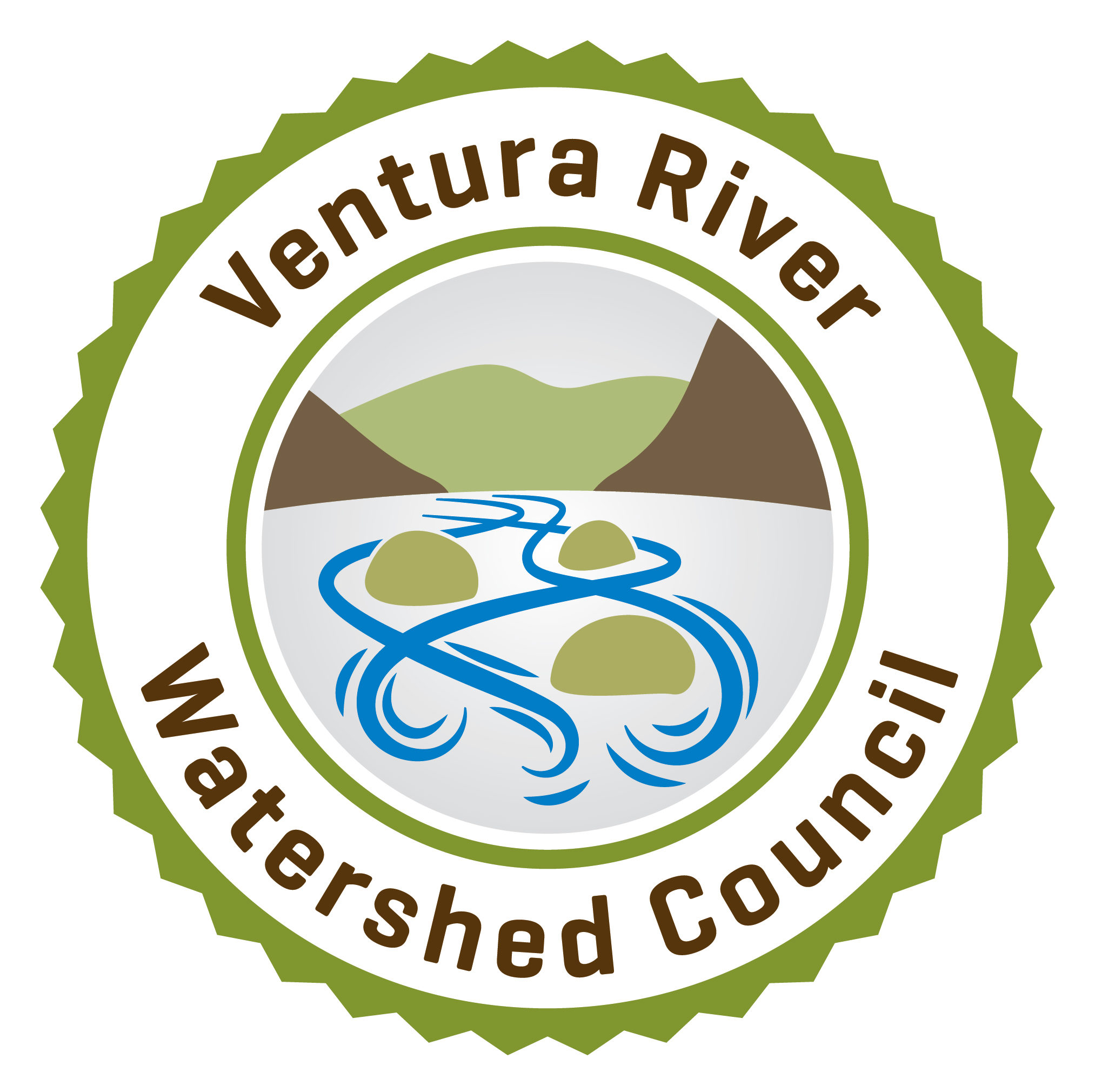Rainfall Update.
The rainfall table below is from section “3.2.1 Climate” of the Ventura River Watershed Management Plan (Table 3.2.1.3.1). A new column has been added to show how total rainfall this season (water year) compares to the historical average, median, minimum, and maximum rainfall in the upper, middle, and lower watershed.
Thus far, rainfall this season in the watershed is at about 42% of the historical average and 48% of the historical median. The months of highest rainfall have historically been January, February, and March.
| Rainfall Average and Median (inches/year) | |||||||
| Station # | Water Years | Average | Median | Min | Max | Total this Season Oct 1 – Mar 2, 2015 |
|
| Matilija Canyon (upper watershed) | 207 | 1960-2012 | 35.17 | 28.74 | 9.09 | 89.05 | 14.99 |
| Downtown Ojai (middle watershed) | 30 | 1906-2012 | 21.31 | 19.20 | 6.88 | 49.20 | 8.99 |
| Downtown Ventura (lower watershed) | 66 | 1873-2012 | 15.46 | 14.12 | 4.62 | 38.65 | 6.52 |
| Data Source: VCWPD Hydrologic Data Server (VCWPD 2013) | |||||||
The recent rains were not enough to allow for diversion of water from the Ventura River to Lake Casitas via the Robles Canal. So far this season, water flowed in the canal only for a short period on one day during December. The lake level still stands at 51% of capacity.
The Council’s website has quick links (under “Data” on the menu bar) to various weather-related websites, including Ventura County Watershed Protection District’s excellent Rain Viewer website (pictured below), which features current rainfall data. (Note: the data shown on the Rain Viewer is considered preliminary until it has been checked by staff, which is why the [checked] data in the table above does not exactly match the Rain Viewer data.)
Graywater Reuse Increasing in Low-Income Rental Housing
I’m passing on an informative article about the growing use of graywater in multi-family housing developments. The article, by the California Housing Partnership, presents the use of graywater systems in low-income multi-family housing as a strategy for keeping up with rising water rates. The article provides cost data from actual projects, and discusses funding and financing issues and other resources. In terms of bang (water savings) for the buck, multi-family housing can offer attractive economics when it comes to integrating such high efficiency technologies.

Graywater tank for laundry-to-landscape system at multi-family development.
Photo credit: Kevin Leichner
Thanks to Dan Hardy of the City of Ventura’s Housing Authority for passing on this article. The Housing Authority is planning to integrate innovative water efficient technologies such as this in their Westview project in the watershed’s Westside.
The Polyphagous Shot Hole Borer Threat
or Why it is So Important to NOT Import Mulch or Firewood into the Watershed
PSHB likes avocados. It also likes coast live oaks, sycamores, and a number of other riparian plants common to the watershed. PSHB has been detected in Los Angeles, Riverside, Orange, and San Diego Counties. Apparently, it can spread rapidly, especially in warm weather.

Images from Ben Faber, UC Cooperative Extension
Locations that have a higher susceptibility for the introduction of the PSHB include campgrounds, nurseries, and green-waste facilities.
You can help prevent the spread of PSHB by not importing firewood or mulch into the watershed.
More information: http://cisr.ucr.edu/polyphagous_shot_hole_borer.html
March 5 Watershed Council Meeting
The next meeting of the Ventura River Watershed Council will be this Thursday, March 5, from 9:00 am to 12:00 pm, in the Topping Room of the Foster Library, 651 E. Main Street.
Consideration of approval of the final watershed management plan is a key agenda item. The final draft plan is available on the Council’s website.
Also on the agenda: a report summarizing Santa Barbara Channelkeeper’s data logger monitoring results for 2013 and 2014, including dissolved oxygen and water levels; an update on efforts to form a Groundwater Sustainability Agency for Upper Ventura River Basin; an overview from Casitas Municipal Water District of water supply status and urban water use reduction successes; consideration of a proposal to change the Watersheds Coalition of Ventura County’s steering committee structure by adding three seats for regional entities; and a discussion about project ideas for the upcoming round of Proposition 84 funding.
Here is the agenda.


